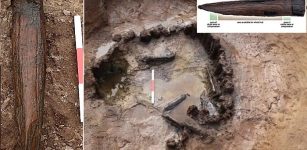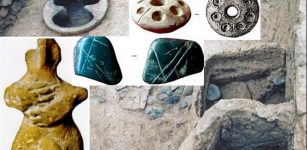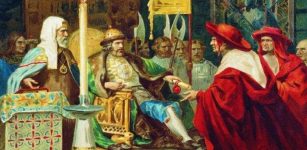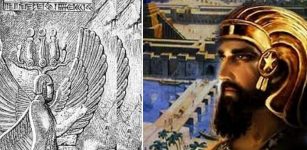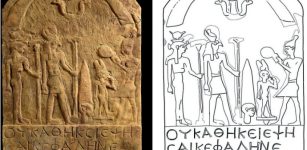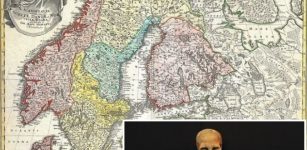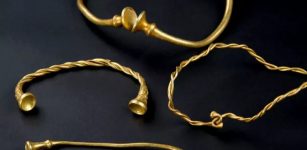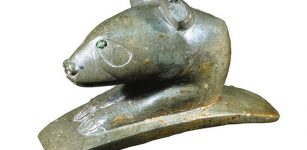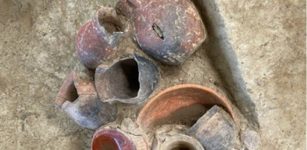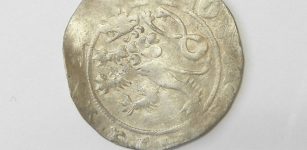On This Day In History: Grote Reber, Great Amateur Astronomer And Ham Radio Operator Born – On Dec 22, 1911
AncientPages.com - On December 22, 1911, Grote Reber, amateur astronomer and radio engineer, was born in Chicago.
He was a ham radio operator, studied radio engineering, and worked for various radio manufacturers in Chicago from 1933 to 1947. He self-financed and built the first radio telescope. He pioneered the new field of radio astronomy and was the first to systematically study the sky by observing non-visible radiation.
Left: Reber Radio Telescope in Wheaton, Illinois, 1937. Image credit: Grote Reber - Public Domain: Right: NRAO Archives - Grote Reber - photo, NRAO, US Gov't funded agency. Image credit: NRAO
He learned about Karl Jansky's discovery (1932) of radio waves from the Galaxy (i.e., the Milky Way). He wanted to follow up on this discovery and learn more about cosmic radio waves.
Reber applied for jobs with Karl Jansky at Bell Labs and with astronomical observatories to study cosmic radio waves, but none were hiring since it was in the middle of the great depression.
Reber decided to study radio astronomy on his own. In 1937, he constructed a 9-meter dish antenna in his backyard and built three different detectors before finding 160 MHz signals (1939). He did it at his own expense while working full-time for a radio company in Chicago.
Reber spent long hours every night scanning the skies with his telescope. He worked at night because there was too much interference from the sparks in automobile engines during the daytime. In 1940 and 1944, he published articles titled Cosmic Static in the Astrophysical Journal (Vol.100, page 279, 1944.).
He was the first to express received radio signals in terms of flux density and brightness, find evidence that galactic radiation is non-thermal, and produce radio maps of the sky in 1941.
Reber surveyed the radio radiation from the sky and presented the data as contour maps showing that the brightest areas correspond to the Milky Way.
From 1938 to 1943, Reber made the first surveys of radio waves from the sky and published his results in engineering and astronomy journals. His accomplishments ensured that radio astronomy became a significant field of research following World War II. Research groups in many countries began building bigger and better antennas and receivers to follow up on Reber's discoveries.
Grote Reber donated his telescope to NRAO at Green Bank, WV, and supervised its assembly in the early 1960s.
It remains there as a historical monument. He died in Tasmania on December 20, 2002.
AncientPages.com
Expand for references

